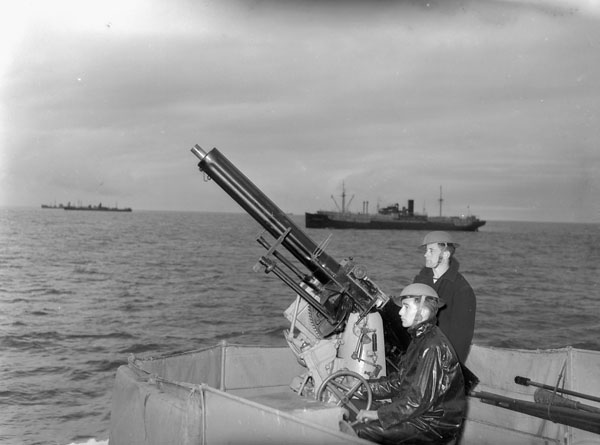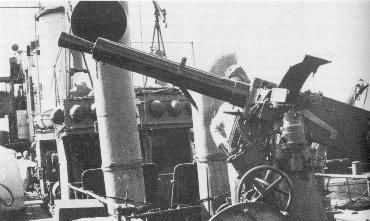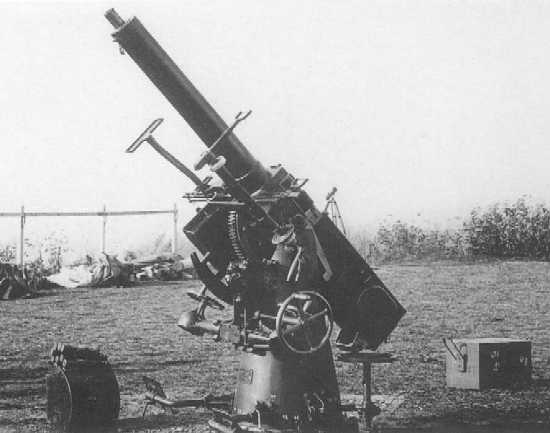|
The original Mark II design was prone to faults and the later Mark II* was a modified version which improved reliability. Stoppages and jams were still frequent in these models, as the rounds slipped out of their holders and the fabric belts often stretched and tore. Actual bore length was 39.37 calibers. Some fifty of these guns were sold to the Italian Navy. They were then manufactured under license by Terni (Italy) until the early 1930s. The Terni version used a 50 round ammunition box. Russia ordered a number of these guns from Vickers during World War I and by 1916 forty of them were on hand in the Russian Navy (20 each in the Baltic and Black Sea fleets). In 1916 the Russian Navy ordered sixty additional guns from the Obukhov factory with at least twelve of them being delivered by 1917. All of these weapons used 25 round belts. There was also an earlier Mark I version, but I lack details as to what were the differences between it and the Mark II. The data that follows is for the British version except where otherwise noted. |

2-pdr on unidentified Canadian River Class
destroyer ca. 1940
|

40 mm/39 Vickers-Terni Model 1915 on unidentified
Italian Torpedo Boat
|

40 mm/39 of 342 AA battery at Vizzola Ticino
(near Milan's Malpensa Airport)
|
| .
See Vickers
Pom Pom and photograph numbers 2836
and 2837
|